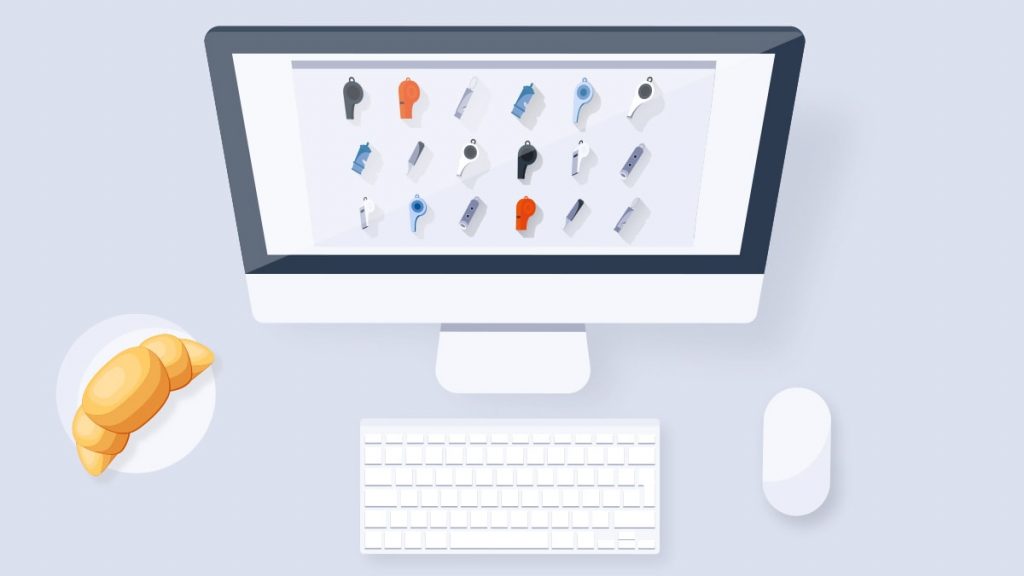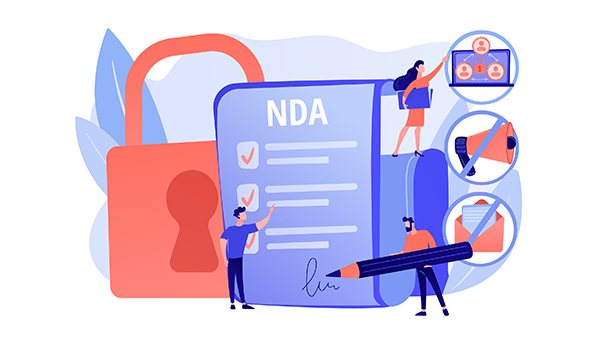Whistleblowing hotline, defined
The International Chamber of Commerce (ICC) states that a whistleblowing hotline should aim to “receive and handle, at the earliest stage possible, all reports made about any occurrence, whether established or soundly suspected, of a breach of applicable laws and regulations (or) the enterprise’s code of conduct”.
Whistleblowing hotlines can take many different forms including telephone hotlines, ombudsmen, digital whistleblowing systems or systems featuring a combination of several different channels.
How does a digital whistleblowing hotline work?
A digital whistleblowing hotline is a software application that whistleblowers can use to submit a report – via a website, for example. It is therefore easy to integrate this reporting system into an existing compliance management system. It is also accessible at any time and from any location and provides a central contact point for whistleblowers. When reporting, whistleblowers fill out a case report form which requests important information about the case. Whistleblowers are free to leave their personal data or to report anonymously. In case of the latter, the reporting system creates a mailbox through which the case manager can communicate further with the whistleblower without them having to disclose their identity. If the compliance manager receives a report, he or she examines the case and initiates further steps.
How can companies benefit from whistleblowing systems?
Companies and organisations are currently facing new compliance challenges. EU member states have finally transposed the EU Whistleblowing Directive into national law after a series of delays. Companies with more than 250 employees were initially obliged to implement a whistleblowing hotline. In most countries, this obligation will also apply to smaller companies with 50-250 employees from the end of 2023. The Directive also applies to public authorities, agencies and institutions as well as cities and municipalities with more than 10,000 inhabitants.
However, investing in a whistleblowing hotline should not just be seen an onerous duty. It is beneficial for an organisation for many reasons.
Implementing a whistleblowing hotline means that an organisation:
- Complies with legal requirements,
- Protects itself and its employees from fines or imprisonment,
- Improves its image with customers, partners, investors, banks and employees,
- Enhances its professionalism,
- Promotes a contemporary speak-up culture,
- Protects itself from scandal
- Detects risks at an early stage
- Can thus take early and proactive action against any violations.
Why should companies choose a digital whistleblowing hotline?
When establishing a whistleblowing hotline, an organisation has a number of options when it comes to channel type, either implemented alone or in combination: telephone, email, physical mailbox, ombudsman or digital solution. These channels differ mainly with regards to the level of accessibility for reporters and options for confidential communication. A digital hotline offers several advantages over other channels.
A digital solution:
- Is accessible worldwide and at any time
- Allows anonymous reporting
- Enables confidential case handling
- Ensures all data is encrypted
- Guarantees efficient administration and documentation
- Allows easy analysis of reports for statistical purposes
Whistleblowing hotlines: FAQs
According to the Whistleblowing Report 2021, more than half of the companies surveyed had received whistleblowing reports. Large companies (more than 250 employees) had received an average of 46 whistleblowing reports per year. Smaller companies (20 to 49 employees) had seen around 6 reports per year. Almost every second report received by the companies surveyed had proven to be relevant and substantive.
Absolutely. The Whistleblowing Report 2021 shows that for those companies that allowed anonymous reporting, more than half of the initial reports were submitted anonymously. Many whistleblowers feel very insecure and fear reprisals, bullying or job loss.
Depending on the scope of functions, the implementation of a whistleblowing hotline can take anything from a few days to around four to six weeks.
Only digital whistleblowing systems provide maximum anonymity, security and GDPR compliance. Digital systems anonymise all personal data if needed and also, in the best case scenario, meet ISO certification security criteria.
Guide to the Introduction of Whistleblowing Systems
How to successfully implement a whistleblowing system in your organisation.









